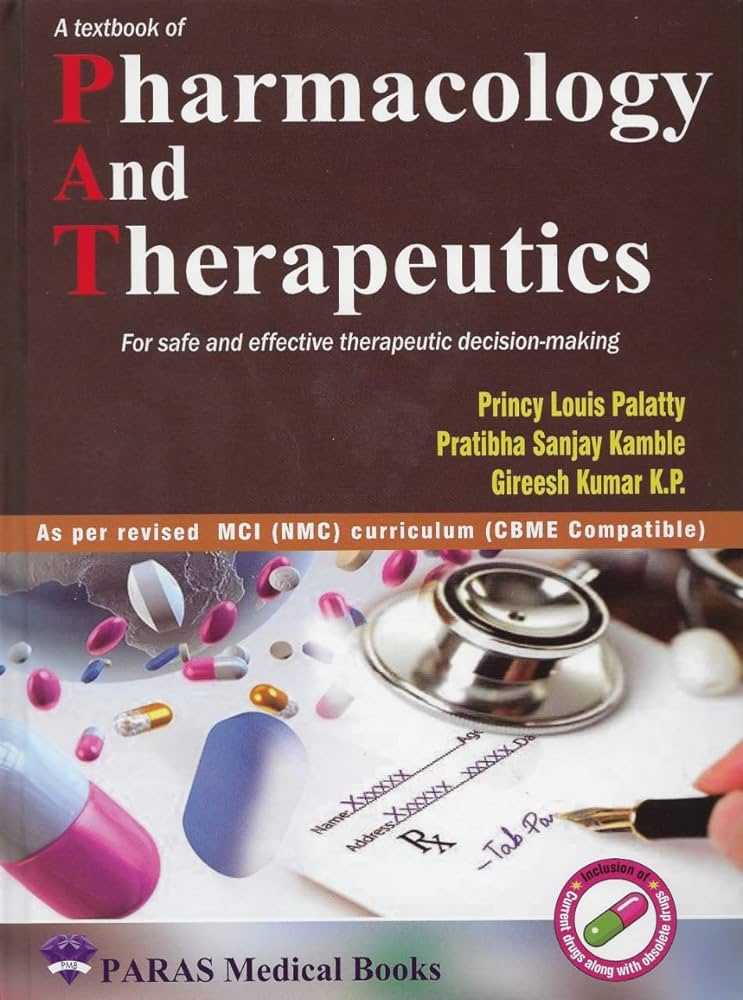大麻素对抗癌治疗策略的疗效和副作用的影响——临床前和临床研究现状
IF 12.5
1区 医学
Q1 PHARMACOLOGY & PHARMACY
引用次数: 0
摘要
近几十年来,大麻素在癌症研究中引起了越来越多的关注。目前临床前和临床研究的一个主要焦点是与化疗药物、靶向治疗和其他抗癌策略联合使用时的相互作用和潜在风险。鉴于大量的临床前数据表明,化疗药物和大麻素在共同施用时具有添加剂、协同作用和某些情况下的拮抗肿瘤细胞杀伤作用,对这些数据进行批判性分析似乎是必要的。现有数据主要涉及胶质母细胞瘤、血液恶性肿瘤和乳腺癌的联合治疗,但也涉及其他类型的癌症。这样的分析也是必要的,因为大麻素被用作治疗化疗引起的恶心和呕吐以及肿瘤相关疼痛的一种选择,癌症患者有时在没有医疗处方的情况下服用大麻素。此外,最近的许多临床前研究也表明大麻素介导的其他化疗相关副作用的缓解,如周围神经病变、肾毒性、心脏毒性、膀胱炎、膀胱并发症和粘膜炎。总而言之,迄今为止的数据表明大麻素可能会增加化疗药物的疗效,同时减少其副作用。然而,抗癌相互作用的临床前研究大多局限于细胞毒性分析。对这些组合对免疫系统和血管生成、侵袭和转移的致瘤水平的影响的同样彻底的研究仍有待完成。在此基础上,可以对大麻素靶向治疗各种癌症的评价有一个全面的了解。本文章由计算机程序翻译,如有差异,请以英文原文为准。
Effect of cannabinoids on the efficacy and side effects of anticancer therapeutic strategies – Current status of preclinical and clinical research
Cannabinoids have attracted increasing attention in cancer research in recent decades. A major focus of current preclinical and clinical studies is on the interactions and potential risks when combined with chemotherapeutic agents, targeted therapies and other anticancer strategies. Given the extensive preclinical data on additive, synergistic and, in some cases, antagonistic tumor cell killing effects of chemotherapeutic agents and cannabinoids when co-administered, a critical analysis of these data seems essential. The available data mainly relate to combination treatments for glioblastoma, hematological malignancies and breast cancer, but also for other cancer types. Such an analysis also appears necessary because cannabinoids are used as an option to treat nausea and vomiting caused by chemotherapy, as well as tumor-related pain, and cancer patients sometimes take cannabinoids without a medical prescription. In addition, numerous recent preclinical studies also suggest cannabinoid-mediated relief of other chemotherapy-related side effects such as peripheral neuropathy, nephrotoxicity, cardiotoxicity, cystitis, bladder complications and mucositis. To summarize, the data available to date raise the prospect that cannabinoids may increase the efficacy of chemotherapeutic agents while reducing their side effects. However, preclinical studies on anticancer interactions are mostly limited to cytotoxicity analyses. An equally thorough investigation of the effects of such combinations on the immune system and on the tumorigenic levels of angiogenesis, invasion and metastasis is still pending. On this basis, a comprehensive understanding for the evaluation of a targeted additional treatment of various cancers with cannabinoids could be established.
求助全文
通过发布文献求助,成功后即可免费获取论文全文。
去求助
来源期刊
CiteScore
23.00
自引率
0.70%
发文量
222
审稿时长
90 days
期刊介绍:
Pharmacology & Therapeutics, in its 20th year, delivers lucid, critical, and authoritative reviews on current pharmacological topics.Articles, commissioned by the editor, follow specific author instructions.This journal maintains its scientific excellence and ranks among the top 10 most cited journals in pharmacology.

 求助内容:
求助内容: 应助结果提醒方式:
应助结果提醒方式:


